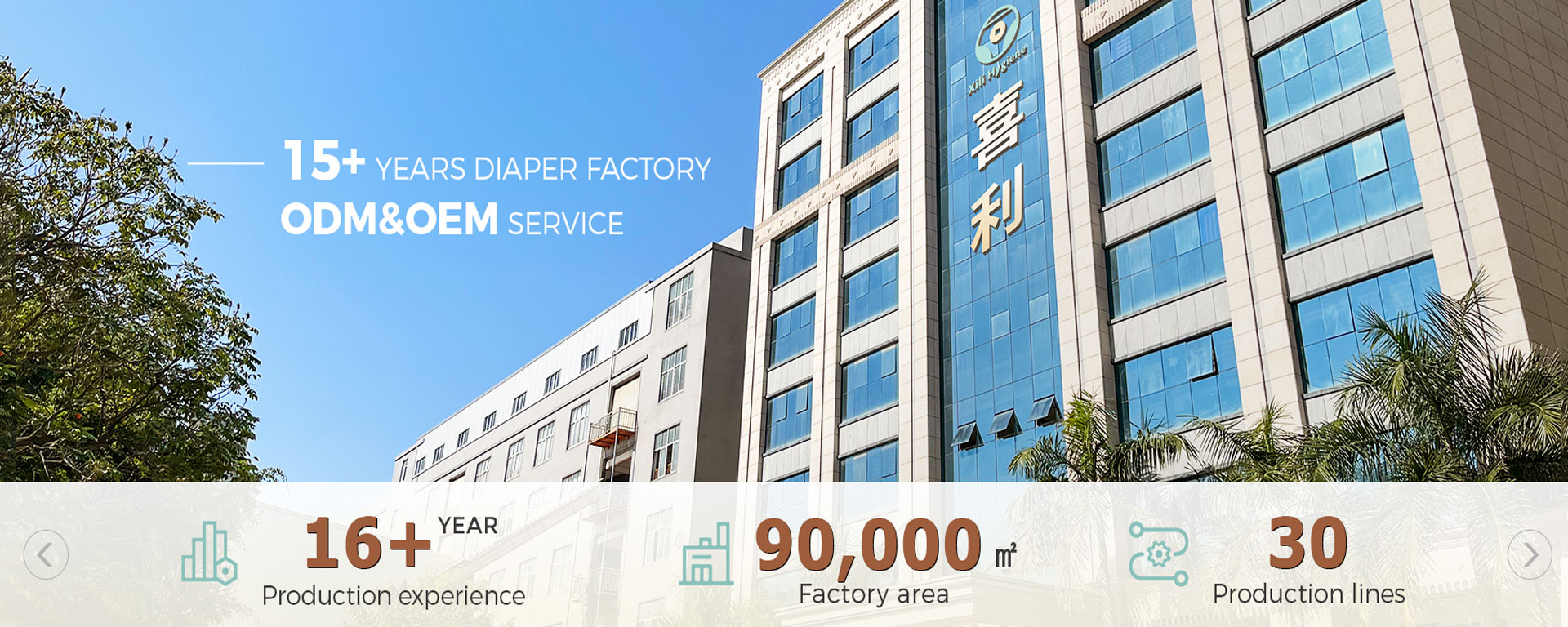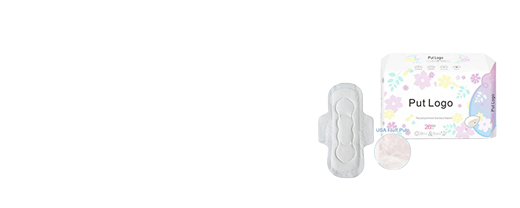
Why Choosing The Right White Tissue Paper Matters: More Than Just a "Simple" Household Item
2025-08-30 22:00
Why Choosing The Right White Tissue Paper Matters: More Than Just a "Simple" Household Item
Walk into any supermarket, convenience store, or online marketplace, and you’ll be met with a dizzying array of white tissue paper options. From ultra-soft “luxury” packs to budget-friendly bulk rolls, from thin sheets for wrapping to thick ones for cleaning—they all look similar at first glance. But here’s the truth: not all white tissue paper is created equal, and the choice you make can have far-reaching impacts, whether you’re a consumer stocking your home, a business owner branding your products, or a restaurant manager prioritizing customer experience.
What makes “the right” white tissue paper so critical? It’s not just about avoiding a few annoying 纸屑 (though that’s a plus). It’s about aligning the tissue’s properties with its purpose—whether that’s protecting a high-end garment, caring for a baby’s sensitive skin, ensuring food safety, or reducing your environmental footprint. In this blog, we’ll break down why this seemingly small choice matters, explore the key factors to consider, and highlight real-world consequences of choosing poorly (or wisely).
1. The Science Behind White Tissue Paper: It’s Not Just “White and Soft”
Before diving into why choice matters, let’s demystify what makes white tissue paper unique. Unlike regular paper (think printer paper or notebook paper), tissue paper is designed for lightweight, absorbent, and flexible use—but its quality depends on two core elements: raw materials and manufacturing processes.
Raw Materials: The Foundation of Quality
The most common materials used to make white tissue paper are virgin wood pulp and recycled pulp—and the difference matters more than you might think.
• Virgin wood pulp: Derived from fresh timber (often pine or eucalyptus), this pulp produces tissue that’s softer, stronger, and less likely to tear or leave lint. It’s also easier to bleach to a bright white without compromising texture—making it ideal for sensitive uses (like baby wipes, facial tissues, or food contact). However, not all virgin pulp is ethical: look for FSC (Forest Stewardship Council) certification to ensure the wood comes from sustainably managed forests.
• Recycled pulp: Made from post-consumer paper waste (like old newspapers or cardboard), recycled pulp is a more eco-friendly option—but it has tradeoffs. The recycling process breaks down fiber length over time, so recycled tissue is often thinner, less absorbent, and prone to lint. It also may require more bleaching to achieve a uniform white color, which can introduce harsh chemicals if not done properly.
Why does this matter? Imagine using a recycled pulp tissue to wrap a designer silk scarf: the lint could stick to the fabric, ruining its appearance and frustrating your customer. Or using a low-quality virgin pulp tissue as a food wrapper: if it’s treated with unregulated bleaching agents (like chlorine), it could leach chemicals onto your sandwich or pastries.
Bleaching Processes: Safety and Sustainability in Every Sheet
White tissue paper’s signature color comes from bleaching—but not all bleaching methods are safe or sustainable.
• Chlorine bleaching: The cheapest and most traditional method, chlorine bleaching uses chlorine gas or chlorine compounds to remove color from pulp. However, it produces dioxins—toxic chemicals that persist in the environment, contaminate waterways, and pose health risks (like skin irritation or respiratory issues) when they come into contact with humans (especially babies or those with sensitive skin).
• Elemental chlorine-free (ECF) bleaching: A safer alternative, ECF uses chlorine dioxide instead of pure chlorine. It reduces dioxin production by up to 99% and is widely used in food-grade and personal care tissues.
• Totally chlorine-free (TCF) bleaching: The most eco-friendly option, TCF uses oxygen, hydrogen peroxide, or ozone to bleach pulp—no chlorine at all. It’s ideal for organic products, baby care, or brands prioritizing zero-toxicity, though it’s often slightly more expensive.
For consumers, this means a “white tissue” label doesn’t guarantee safety. A budget tissue bleached with chlorine could irritate your nose if used as a facial tissue, or harm a baby’s diaper area if used as a wipe. For businesses, choosing the wrong bleaching method could lead to regulatory fines (if used for food contact) or damage to your brand reputation (if customers discover toxic chemicals).
2. The Right Tissue for the Right Job: How Application Dictates Choice
One of the biggest mistakes people make is buying a single type of white tissue paper for every task. But different uses demand different properties—and using the wrong tissue can lead to frustration, waste, or even harm. Let’s break down key applications and why “the right” tissue matters:
2.1 Food Service: Safety and Experience First
Restaurants, cafes, bakeries, and delis rely on white tissue paper for everything from wrapping sandwiches to lining bakery boxes to serving as napkins. Here, the stakes are high: the tissue must be food-safe, absorbent, and lint-free.
• Food safety: Tissues used for direct food contact (like wrapping a bagel or lining a pizza box) must meet FDA (U.S. Food and Drug Administration) standards or equivalent regulations globally. This means no toxic bleaching agents, no added dyes, and no chemicals that can transfer to food. A low-quality tissue with unregulated bleaching could lead to food contamination—and costly lawsuits or health code violations.
• Absorbency: A napkin that can’t soak up spills or grease will leave customers frustrated. Imagine a diner wiping their hands on a thin, non-absorbent tissue: it will tear, leave lint on their hands, and force them to use 3-4 sheets instead of 1. This not only harms the customer experience but also increases your business’s tissue usage (and costs).
• Lint-free performance: For bakeries, lint is a nightmare. A tissue that sheds fibers onto a croissant or cake will make the product look unappetizing—and drive customers away. High-quality food-service tissues are designed with tight fiber bonding to prevent lint, ensuring your food looks as good as it tastes.
Case Study: A small bakery in Portland, Oregon, once switched to a budget recycled tissue to cut costs. Within a month, they received 12 complaints about lint on pastries—and lost 5 regular customers. They switched back to an ECF-bleached virgin pulp tissue, and complaints stopped. The extra $0.50 per roll cost was far less than the revenue lost from unhappy customers.
2.2 Retail and Packaging: Protecting Your Brand (Literally)
Retailers—especially those selling clothing, jewelry, cosmetics, or fragile items—use white tissue paper to wrap products, fill boxes, and add a “luxury” feel. Here, the tissue isn’t just packaging—it’s an extension of your brand.
• Protection: Delicate items like silk blouses, leather accessories, or makeup palettes need tissue that’s soft (to avoid scratches) and lint-free (to avoid sticking to products). A cheap, rough tissue could scratch a leather bag or leave lint on a red lipstick tube—making your “premium” product look cheap.
• Aesthetics: White tissue paper comes in different weights (thicknesses) and finishes (matte, glossy, or embossed). A high-end clothing brand might use a thick, embossed tissue to wrap a dress—signaling luxury—while a budget accessory brand might use a lightweight matte tissue. Choosing a tissue that matches your brand’s vibe reinforces your identity: a luxury brand using thin, linty tissue will confuse customers and damage trust.
• Sustainability messaging: Today’s consumers care about eco-friendliness—and your packaging choices send a message. A brand that markets itself as “sustainable” but uses non-recyclable, chlorine-bleached tissue will be seen as inauthentic. Opting for TCF-bleached, recycled, or FSC-certified tissue aligns your packaging with your values—and appeals to eco-conscious shoppers.
Example: Patagonia, a brand known for sustainability, uses 100% recycled, TCF-bleached tissue paper to wrap its clothing. The tissue includes a small note explaining its eco-friendly credentials—turning a simple packaging item into a way to reinforce the brand’s mission. This attention to detail builds customer loyalty and sets Patagonia apart from competitors.
2.3 Personal Care: Gentle on Skin, Safe for Health
At home, we use white tissue paper for facial tissues, baby wipes (unwoven, but related), toilet paper, and makeup removal. Here, the tissue’s softness, hypoallergenicity, and chemical safety are non-negotiable—especially for vulnerable groups like babies, people with sensitive skin, or those with allergies.
• Baby care: A baby’s skin is 30% thinner than adult skin and far more sensitive. Using a chlorine-bleached or linty tissue to clean a baby’s diaper area can cause diaper rash, irritation, or even chemical burns. Pediatricians recommend using TCF-bleached, fragrance-free, ultra-soft tissue for babies—even if it costs a little more.
• Facial care: If you have sensitive skin or allergies, a low-quality facial tissue can trigger redness, itching, or breakouts. Tissues treated with fragrances, dyes, or harsh bleaches can irritate the delicate skin on your nose (especially during a cold) or cheeks. High-quality facial tissues are designed with “dermatologist-tested” formulas, soft fibers, and minimal chemicals—reducing the risk of irritation.
• Makeup removal: Using a rough, non-absorbent tissue to remove makeup can tug at your skin (causing premature aging) or leave makeup residue (leading to clogged pores). A soft, absorbent tissue (or specialized makeup remover tissue) will gently lift makeup without harming your skin—making it a worthwhile investment for your skincare routine.
2.4 Medical and Hygiene: Sterility and Reliability
In hospitals, clinics, and healthcare settings, white tissue paper (often in the form of gauze, medical wipes, or exam table covers) must meet strict standards for sterility, strength, and absorbency. The wrong tissue here can have life-threatening consequences:
• Sterility: Medical tissues must be sterilized to prevent the spread of bacteria or viruses. A non-sterile tissue used to clean a wound could cause an infection—or worse, transmit a disease like MRSA.
• Strength: Medical tissues need to stay intact when wet (e.g., when cleaning a wound with saline). A weak tissue that tears apart could leave fibers in the wound, leading to complications.
• Absorbency: Tissues used to control bleeding or absorb bodily fluids must be highly absorbent to reduce the risk of cross-contamination. A low-absorbency tissue would require frequent changes, increasing the chance of exposure to pathogens.
While most consumers don’t buy medical-grade tissue for home use, this category highlights just how critical tissue quality can be—even in life-or-death situations.
Final Thoughts: The Power of a Small Choice
White tissue paper may seem like a trivial item—something we grab without thinking. But as we’ve explored, it’s a choice that touches on safety, sustainability, brand reputation, and even our health. Whether you’re wrapping a gift, wiping a baby’s cheek, or serving a customer, the right white tissue paper can enhance experiences, protect the planet, and save you money in the long run.
The next time you’re faced with that shelf of white tissue paper, take a moment to read the label, think about your needs, and choose wisely. It’s a small decision—but it matters.
Get the latest price? We'll respond as soon as possible(within 12 hours)















